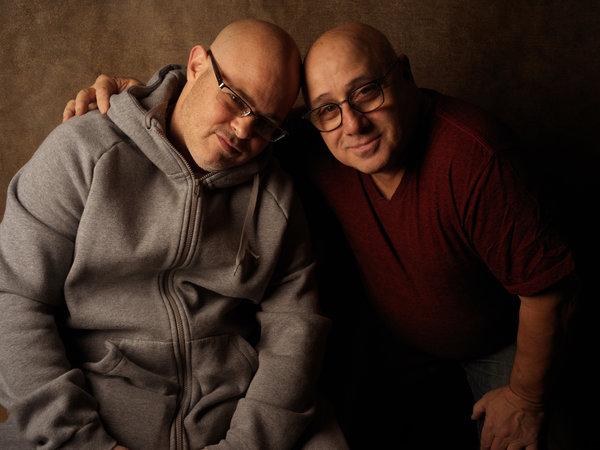Pre-Tribeca, no-Nolita downtown Manhattan in the mid-1970s was a place of quiet darkness and hidden clubs.
Little Italy was still Italian and affordable when I moved to Elizabeth Street. One night I arrived home to find that my apartment had been broken into. My stereo and speakers were gone. More important, also missing was a small leather suitcase containing precious family photographs that my mother had entrusted me to protect. I needed to get them back.
Mary Albanese, the butcher on my block, had given me good advice before, so I went to her. She told me to go to two neighborhood locations and tell the people inside what had happened. One was a Dominican bar, with swinging saloon doors. The other was an Italian social club on Mott Street. Little Italy once had these clubs on every block, storefront gathering spots. Some, like John Gotti’s Ravenite Social Club on Mulberry Street, were infamous hangouts for gangsters. I did what Mary suggested. The next day, when I got home from work, there outside my door were my belongings, including the photographs in the suitcase. The speaker wires were neatly tied in bows.
I never learned how they got there.

Arthur DiBlasi, left, and Frank Russo, rightCreditWilliam Coupon
Forty years later, the old Mott Street social club where Mary Albanese had sent me is now Cafe’tal Social Club, one of the last Italian-owned restaurants in Little Italy. It is also where William Coupon — famed for his rich, warm photographs of performers, poets and presidents — made portraits of its current denizens. Unlike the “Members Only” hangout of the past, it is now where families stop in for gelato and strong coffee after mass at Old St. Patrick’s Cathedral. Young strivers — paying 20 times the rent as the retiree next door — stop by for “Grandma’s Pizza.” Old-timers recall the real “Mean Streets” captured by native son Martin Scorsese while they’re warmed by bowls of pasta.
A new book, “William Coupon: Portraits” (Damiani), shows how the photographer has continually sought subjects within less-seen communities. In his “Social Studies” series, he had shepherds, Aborigines, Laplanders and drag queens pose before the same painted canvas backdrop that framed Jean-Michel Basquiat, Miriam Makeba, George Harrison and George H.W. Bush.
I had stumbled across William’s work at the Mudd Club in the early 1980s when some photos on the wall stopped me. They were portraits of musicians from the neighborhood, some of them my friends, taken in the present but with a formal tone of the past. I asked the bartender who made them, and he said the artist, William Coupon, lived just a couple of blocks away.
I met William and saw more of his images, which were beautiful. He was an artist who wanted to capture the beauty of people in social groups, and he saw the local musicians who played at the club as a community, a contemporary tribe. That feeling also informs his photos from Cafe’tal, where echoes of the past linger. Fat Carmine Aquilino tells stories about the old neighborhood photos on the wall. So does Joe Perrotta, the cafe’s owner. Recently, he pointed to a 50-year-old photograph of men playing cards around a table in the same room we were in: “That’s my father.”
Mr. Perrotta said that it’s not only important that the dishes on the menu evoke memories of the past, like Sunday Sauce, but that the same space continues to bring people together. Poker gave way to tales of stickball matches, shared baby photos and antipasto for the table.
For Angel Marinaccio, who has written books about the recipes and life of Little Italy, Cafe’tal is also about connecting to the past. “When I was growing up, these streets were my world; my family, our friends and neighbors were my life,” she said. “I know we can’t go back in time, but what times they were.”
Michael Beaton likes it just as it is today. “Cafe’tal is my Cheers,” he said. “I’m here four night a week for the food and camaraderie.”
This is what drew William Coupon to add these Cafe’tal patrons to his “Social Studies” series. A real Little Italy hangout full of loyal regulars was perfect for him. “My desire is to photograph people’s inner pride,” he said. “Looking directly at the viewer. Or toward the heavens.”





